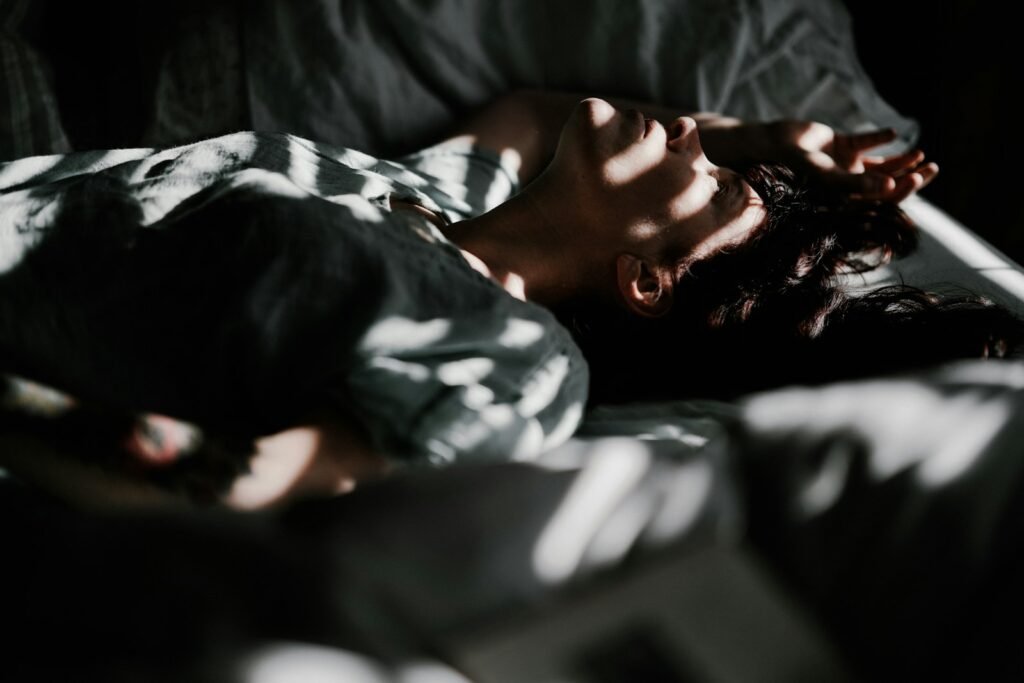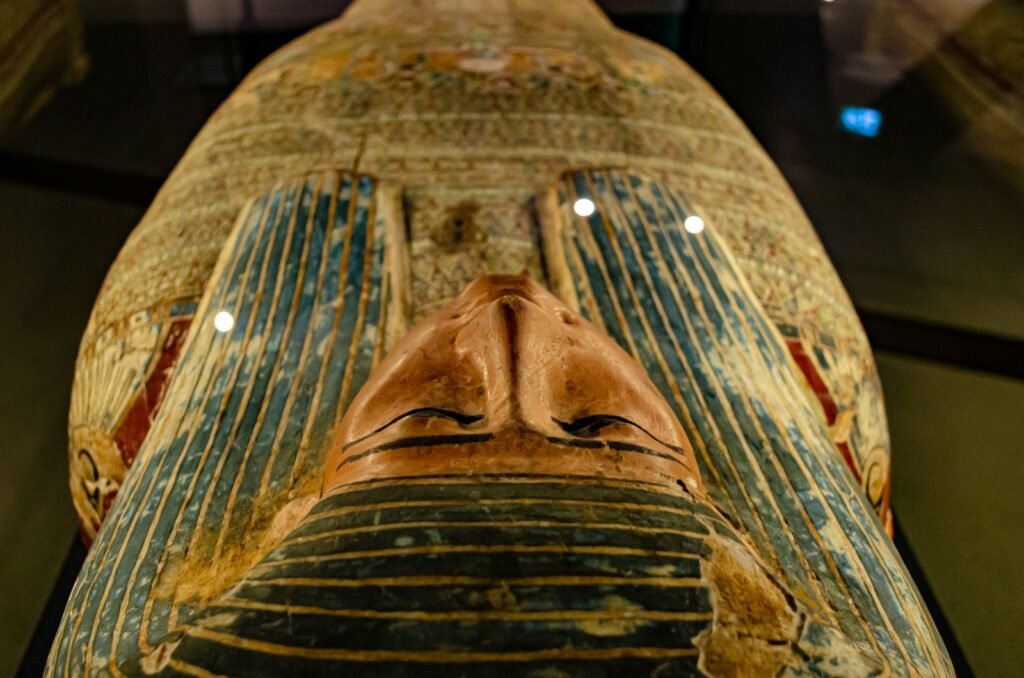Dawn people swear the world makes more sense in full sunlight; night owls argue that ideas wake up when the streets go quiet. Across cultures, we’ve long sorted ourselves into day and night tribes, and astrology adds a poetic layer by mapping those rhythms to the sky. At the same time, modern chronobiology measures our inner clocks with lasers, wearables, and saliva assays, turning folklore into testable questions. The mystery is simple yet irresistible: do zodiac “day” and “night” signs actually track the biology of early birds and night owls, or are we overlaying stories onto sleep? This is a story about how ancient categories meet laboratory light, and what that collision can teach us about living better on a planet that refuses to stop spinning.
The Hidden Clues

What if the way you lean toward sunrise or midnight has less to do with willpower and more to do with a clock embedded in your brain? The body’s master timekeeper, nestled in the hypothalamus, synchronizes daily rhythms of alertness, digestion, and temperature, and it listens most closely to light. When we call someone a morning lark or a night owl, we’re really observing tiny, measurable shifts in this oscillator.
Astrology reads the same pattern through a symbolic lens, speaking of signs that prefer the blaze of noon or the hush of twilight. It’s a seductive alignment: constellations above, circadian gears within, a neat two-column chart of sunlight and starlight. But neat charts can hide messy realities, and the hunt for real alignment starts by separating metaphor from mechanism.
From Ancient Tools to Modern Science

Classical astrologers worked with the concept of sect, dividing the zodiac into day-leaning and night-leaning sides of the sky. In that tradition, fire and air signs were coded as diurnal and outward, while earth and water signs were cast as nocturnal and receptive. The framework was a practical tool for interpreting temperament long before anyone named a hormone.
Fast forward to laboratories measuring melatonin onset under dim light and tracking sleep with accelerometers. Chronobiologists map “chronotype,” the personal timing of sleep and peak alertness, as a continuous spectrum rather than a binary. The methods are crisp and replicable, and they show how strongly light exposure, age, and schedule tug our internal clocks.
Mapping Day and Night Energies by Signs

Within astrology’s own system, the diurnal group traditionally includes Aries, Gemini, Leo, Libra, Sagittarius, and Aquarius. These are framed as signs that tilt toward action and visibility, metaphors that pair easily with daylight’s clarity. The nocturnal group includes Taurus, Cancer, Virgo, Scorpio, Capricorn, and Pisces, often associated with depth, patience, and interiority that suits the quiet of night.
It’s a compelling story, and it can be a helpful language for self-reflection. Still, a story is not a data set, and the symbolic map does not claim to measure melatonin curves or reaction-time peaks. If you use this map, treat it as narrative scaffolding, not as a stopwatch for your neurons.
What the Data Actually Says

In controlled studies, chronotype clusters along a bell-shaped curve, with many of us in the middle and smaller groups at the extremes. Age nudges the curve: teenagers drift later, older adults pull earlier, and work or school start times can force misalignment. Genetic variants contribute, but light exposure remains the loudest conductor, shifting clocks by changing when we see bright or dim environments.
Measures like dim-light melatonin onset and validated questionnaires consistently track these patterns, while season of birth shows – at most – subtle and inconsistent effects. Researchers have tested many cultural and personality links, but robust ties between zodiac sign and chronotype have not emerged when methods are rigorous. In other words, the stars make good poetry; light, timing, and genes make the stronger prediction.
Why It Matters

When your social schedule runs against your biological night, the mismatch creates what scientists call social jet lag, and it compounds over weeks and years. People living out of sync report foggier mornings, edgier moods, and a harder time with focus and metabolic balance. That isn’t a personal failing; it’s a physics problem dressed up as a calendar.
This is where a careful, evidence-led approach pays off. Traditional sign-based labels may spark curiosity, but adjusting light exposure, caffeine timing, and sleep windows changes outcomes in measurable ways. The practical question becomes less “Which sign am I?” and more “Which clock am I running, and how do I honor it?”
Global Perspectives

Latitude bends the rules, stretching or squeezing daylight until cultural habits adapt. In far northern summers, late sunlight delays melatonin and pulls many people toward later bedtimes, while winter compresses days and nudges earlier evenings. Urban centers, lit like permanent dawn, can mimic that northern summer effect year-round.
Work culture adds another layer, from siesta traditions that split the day to shift schedules that ignore sunrise entirely. Even policies like daylight saving time ripple through accident rates and mood in ways we can track on population scales. The lesson is blunt: clocks are biological, but they are also political, architectural, and economic.
The Future Landscape

Next-generation wearables are getting better at inferring circadian phase from heart rhythms, temperature, and movement, offering personalized guidance that used to require lab visits. Smart lighting systems can change spectrum and intensity across the day, cueing alertness in the morning and easing the brain into evening. Scheduling tools, powered by machine learning, promise to match meetings, classes, and shifts to collective peak times rather than arbitrary nine-to-five blocks.
There are real challenges here: privacy, equity, and the risk of turning bodies into dashboards for management rather than tools for wellbeing. Schools and hospitals are early test beds where small timing changes can have outsized effects on learning and safety. If we do this wisely, we’ll design days that feel less like a fight and more like a tide we can surf.
How to Engage Now

Start by observing, not judging: keep a two-week log of when you feel genuinely alert, when you fade, and how light exposure tracks those shifts. Nudge your clock with morning outdoor light and dimmer, warmer light after sunset, and try anchoring meals and exercise within consistent windows. If you must work late, defend your pre-sleep wind-down like a rare resource.
Talk to your employer or school about flexible starts or light-aware environments, and support community projects that reduce needless nighttime glare. Use astrology as a reflective language if it helps you notice patterns, but make your decisions with the clock your body is actually keeping. I learned this the hard way by flipping my own schedule with nothing but earlier sunlight and a phone timer – small, boring changes that quietly moved mountains; which tide will you choose to ride?

Suhail Ahmed is a passionate digital professional and nature enthusiast with over 8 years of experience in content strategy, SEO, web development, and digital operations. Alongside his freelance journey, Suhail actively contributes to nature and wildlife platforms like Discover Wildlife, where he channels his curiosity for the planet into engaging, educational storytelling.
With a strong background in managing digital ecosystems — from ecommerce stores and WordPress websites to social media and automation — Suhail merges technical precision with creative insight. His content reflects a rare balance: SEO-friendly yet deeply human, data-informed yet emotionally resonant.
Driven by a love for discovery and storytelling, Suhail believes in using digital platforms to amplify causes that matter — especially those protecting Earth’s biodiversity and inspiring sustainable living. Whether he’s managing online projects or crafting wildlife content, his goal remains the same: to inform, inspire, and leave a positive digital footprint.



